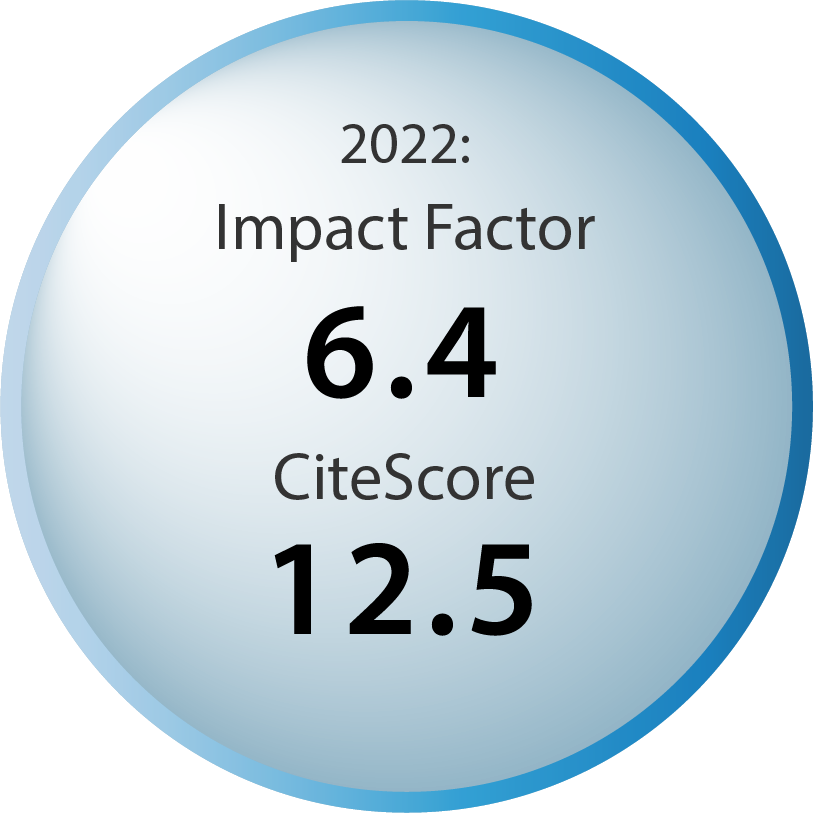Reviews:
Cell Stress, Vol. 9, No. 1, pp. 16 - 48; doi: 10.15698/cst2025.05.304
NFAT5: a stress-related transcription factor with multiple functions in health and disease
1 Department of Biochemistry, Faculty of Medicine, Universidad Nacional Autónoma de México. Mexico City, Mexico. 04510. 2 Cell and Tissue Biology Department, Research Unit, Institute of Ophthalmology Conde de Valenciana. Mexico City, Mexico. 06800.
Keywords: NFAT5, TonEBP, transcription factor, osmolality, cell stress, im-mune response.
Received originally: 13/12/2024 Received in revised form: 06/04/2025
Accepted: 23/04/2025
Published: 22/05/2025
Correspondence:
Yonathan Garfias, MD PhD, Department of Biochemistry, Faculty of Medicine, Universidad Nacional Autónoma de México. Mexico City, Mexico. 04510; phone: +525554421700 ext. 3787; ygarfias@bq.unam.mx
Conflict of interest statement: The authors declare no conflicts of interest.
Please cite this article as: Alfredo Domínguez-López, Fátima Sofía Magaña-Guerrero, Beatriz Buentello-Volante, Óscar Vivanco-Rojas, Yonathan Garfias (2025). NFAT5: a stress-related transcription factor with mul-tiple functions in health and disease. Cell Stress 9: 16-48. doi: 10.15698/cst2025.05.304
Abstract
Nuclear factor of activated T cells 5 (NFAT5) is a transcription factor within the Rel family, primarily recognized for its role in cellular adaptation to osmotic stress, particularly in hypertonic and hyperosmotic environments. Beyond osmotic regulation, NFAT5 responds to diverse stimuli, including cytokines, growth factors, oxidative stress, and microbial signals. This versatility enables NFAT5 to regulate essential cellular processes such as proliferation, survival, migration, and vascular remodelling. In the immune system, NFAT5 modulates the function of monocytes, macrophages, astrocytes, microglia, and T cells, contributing to immune homeostasis and inflammatory responses. Dysregulation of NFAT5 activity is implicated in various pathological conditions, including autoimmune diseases, cancer, and cardiovascular disorders, largely due to its ability to control genes involved in inflammatory and immune pathways under both isotonic and hypertonic conditions. Recent studies have unveiled new regulatory mechanisms, including interactions with non-coding RNAs, offering deeper insights into the functional landscape of NFAT5 and its therapeutic potential. This review delves into the multifaceted roles of NFAT5 in health and disease, emphasizing its emerging importance as a promising therapeutic target.
For full text please see the pdf.
ACKNOWLEDGMENTS
The present work has been funded by Se-cretaría de Educación, Ciencia, Tecnología e Innovación (SECTEI) with the project “Estudio del eje NFAT5-Aldosa Reductasa en neu-trófilos de sangre periférica de pacientes con diabetes mellitus como un factor asociado a retinopatía diabética” SEC-TEI/159/2023. UNAM-DGAPA-PAPIIT: IN210224.
COPYRIGHT
© 2025

NFAT5: a stress-related transcription factor with multiple functions in health and disease by Domínguez-López et al. is licensed under a Creative Commons Attribution 4.0 International License.



